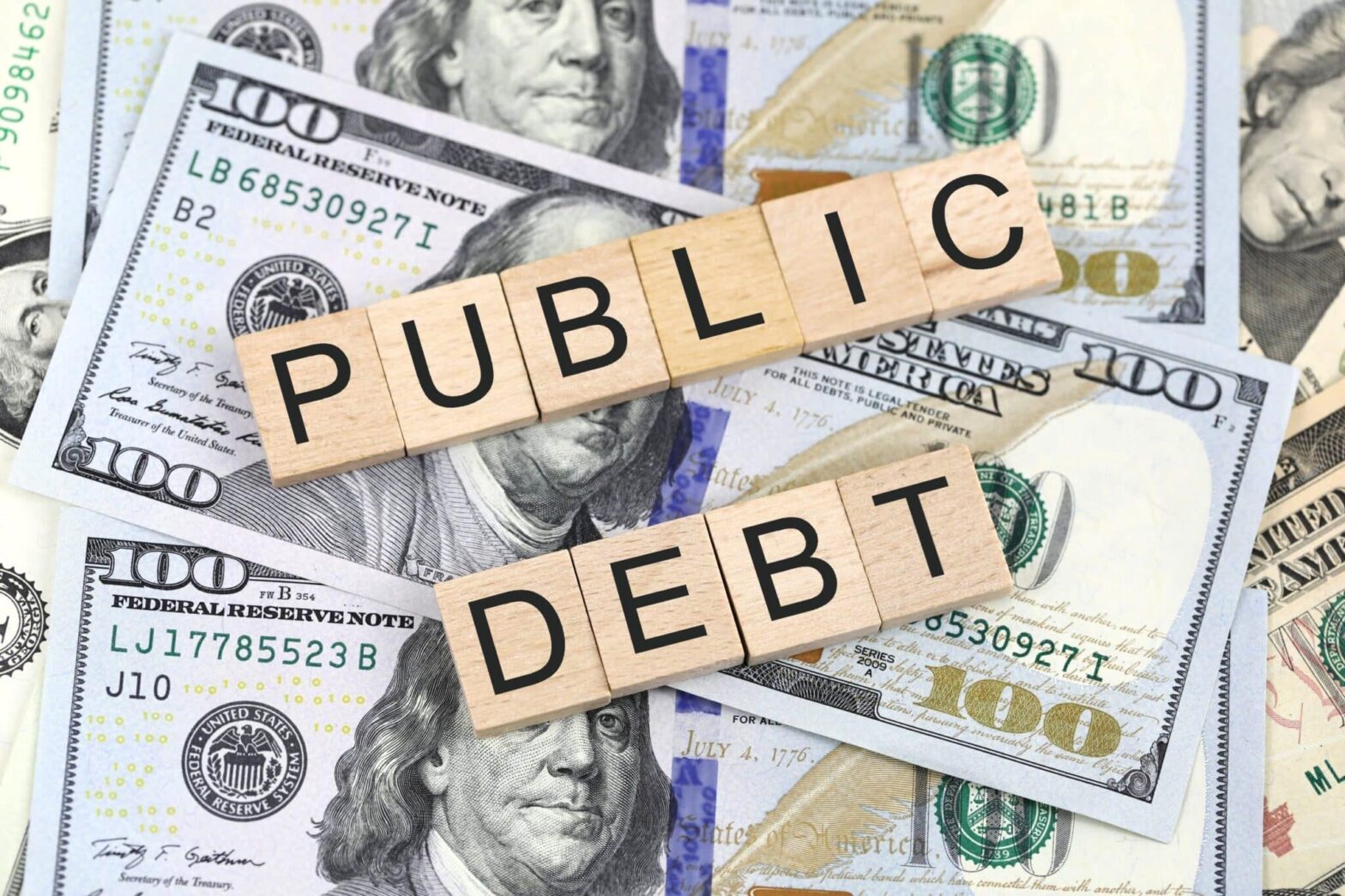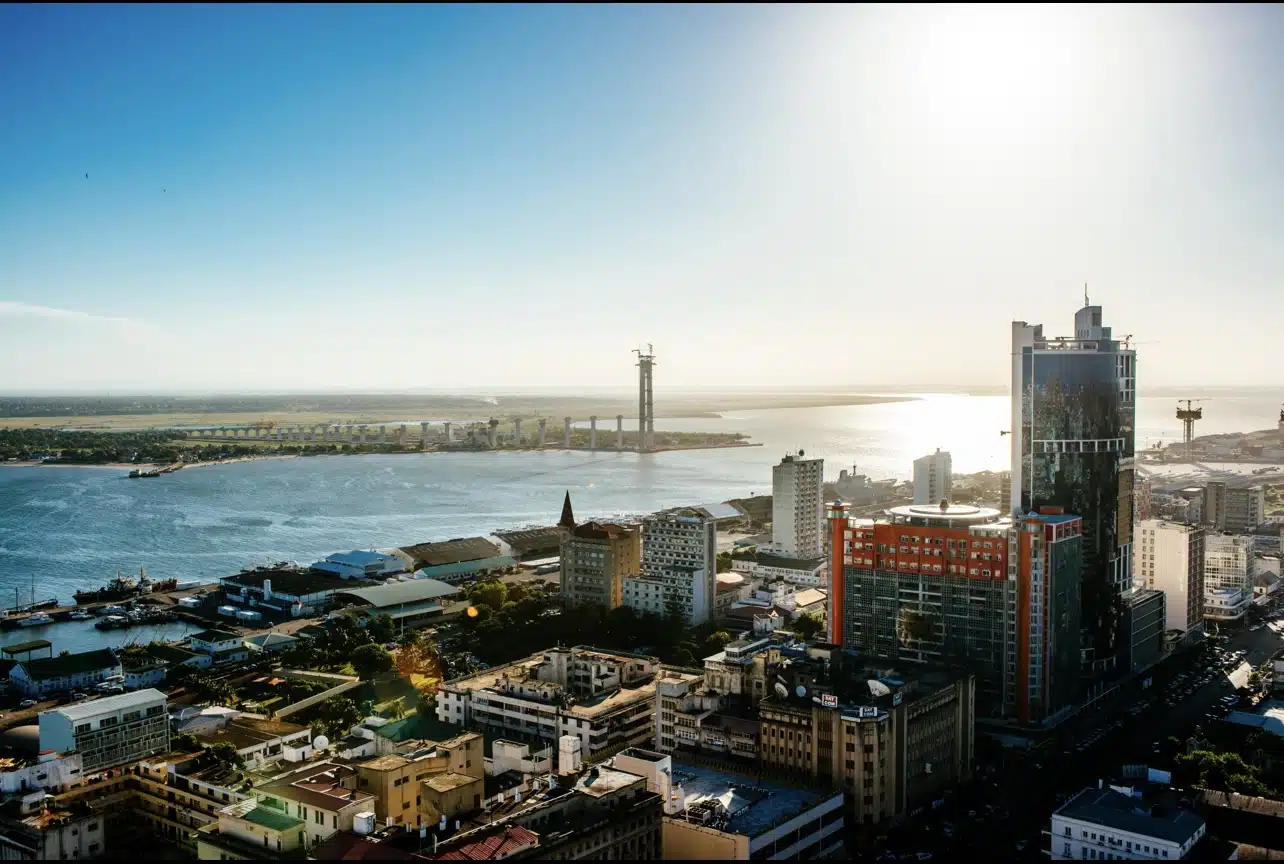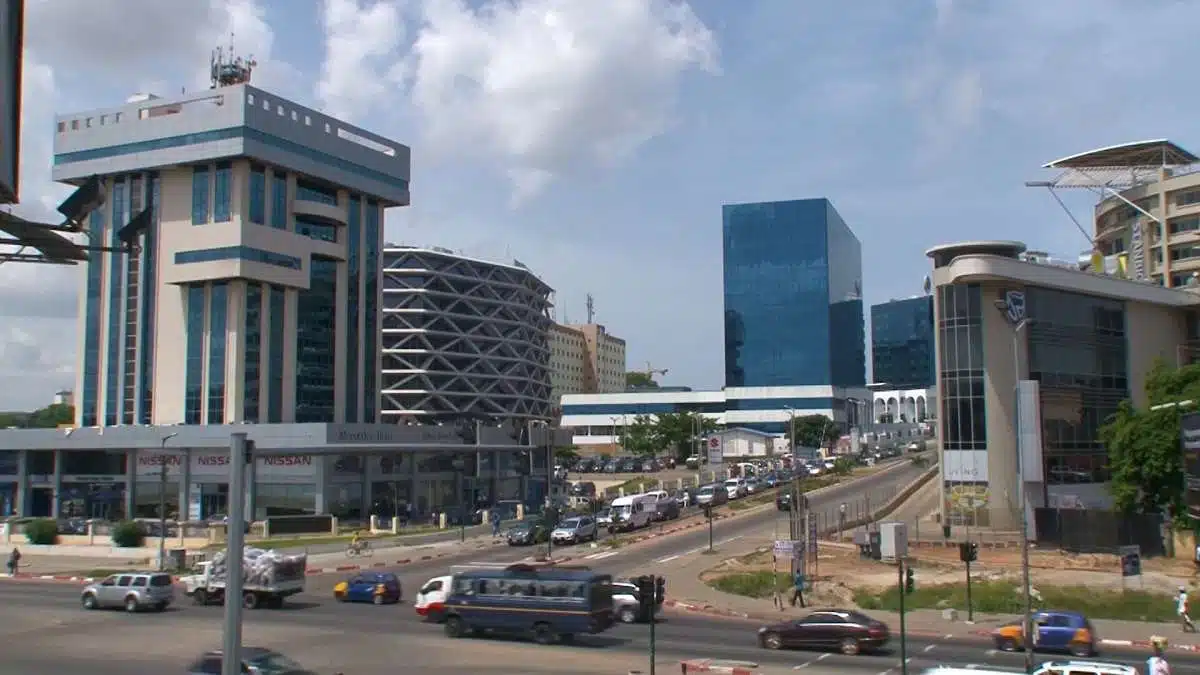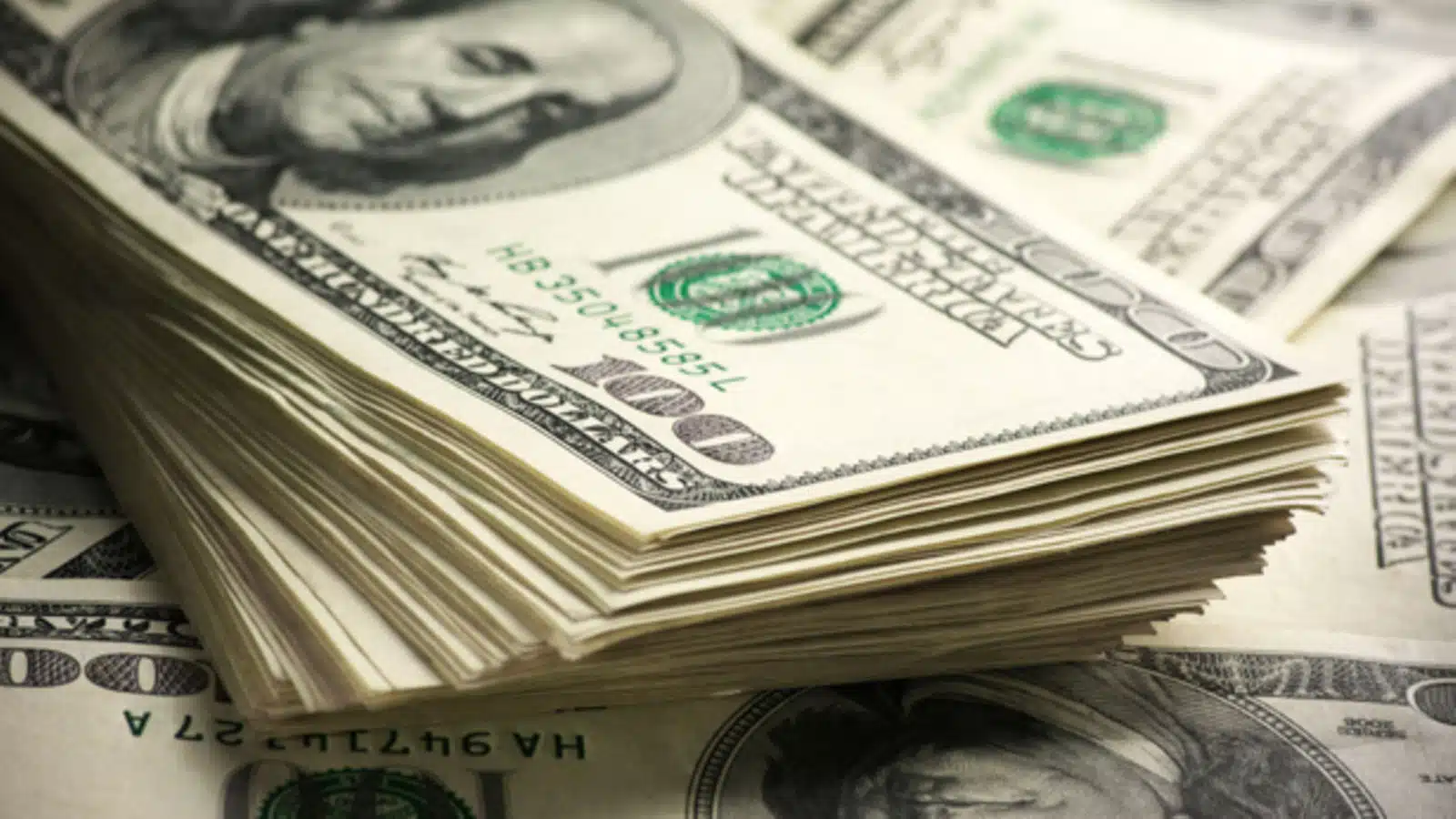Kenyan President William Ruto has assented to the Supplementary Appropriation Bill 2025 that authorises an expenditure of Ksh344.8 billion ($2.6 billion), providing additional funds for critical sectors in the final quarter of the fiscal year.
However, the increased spending comes against a backdrop of declining revenue collection, raising fresh concerns over the country’s widening fiscal gap.
According to local media reports reviewed on Wednesday, the education and health sectors are the major beneficiaries of the new spending plan.
The government has proposed to spend KSh18 billion ($139.2 million) on the Teachers Service Commission to address insurance shortfalls, teacher promotions, and salary obligations.
A further KSh16 billion ($123.7 million) has been allocated for university education, KSh8 billion ($61.8 million) for technical and vocational training, and KSh600 million ($4.6 million) for the School Feeding Programme.
For the health sector, KSh1.5 billion ($11.5 million) has been earmarked for the recapitalisation of the Kenya Medical Supplies Authority (KEMSA), KSh3 billion ($23.1 million) for the Primary Healthcare Fund, and another KSh3 billion ($23.1 million) for the Emergency, Chronic and Critical Illness Fund.
While the additional allocations aim to sustain key government programmes, the increase in spending is not matched by improved revenue collection.
The Parliamentary Liaison Committee, chaired by Deputy Speaker Gladys Shollei, acknowledged that the budget was prepared amid an improving economic environment, citing lower inflation, declining interest rates, and a stabilising Kenyan shilling.
However, tax revenues are falling short of expectations.
“On the contrary, the ordinary revenue collections target has been revised downwards by KSh50.1 billion ($387.4 million),” the committee noted.
“The main drivers of lower projections are VAT and income tax, whose expected collection has been reduced by KSh29.5 billion ($228.1 million) and KSh15.1 billion ($116.7 million), respectively.”
Kenya’s public debt, which stands at 67.6% of GDP as of September 2024, continues to put pressure on government finances.
Servicing these obligations has become increasingly costly, limiting the state’s ability to fund essential services without relying on additional borrowing.
The rejection of the controversial Finance Bill 2024, which aimed to raise KSh346 billion ($2.6 billion) through tax measures, has further constrained the administration’s options for revenue generation.
With the government prioritising spending despite weakening revenue streams, concerns persist over the ability of the East African country to stabilise its fiscal outlook without accumulating more debt.
As the final quarter of the fiscal year unfolds, investors and policymakers will be closely watching how the administration navigates the nation’s deepening fiscal challenges.








